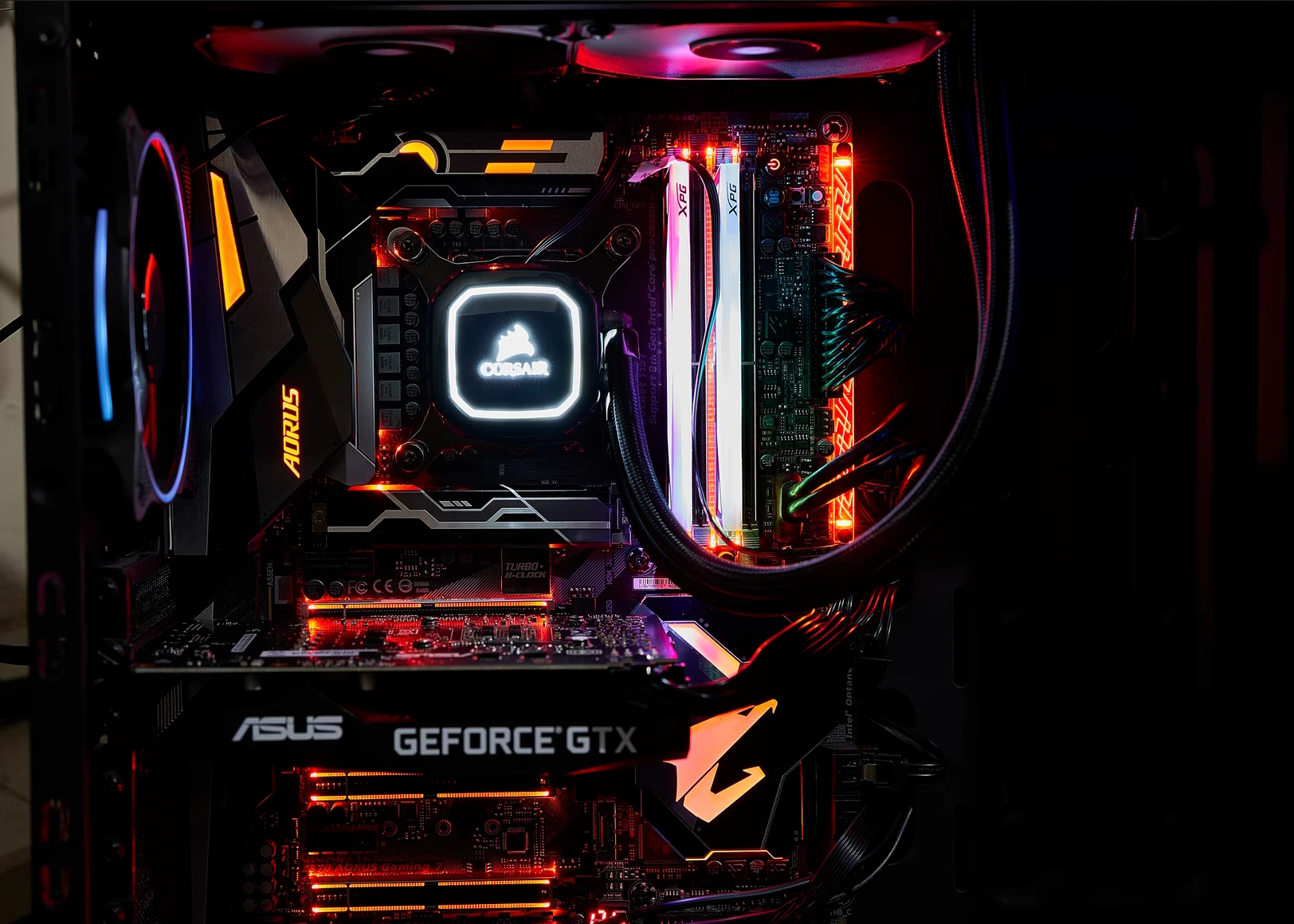Component manufacturers aim not only to attract new users but also to retain their loyalty. One of the most effective ways to do this is by creating proprietary software that connects their products into a single ecosystem. This gives users powerful tools for configuration, synchronization, and control. Corsair Gaming, a well-known American manufacturer of peripherals and components, has developed its own system — Corsair iCUE.
Corsair iCUE is free software available on the official Corsair website. It acts as a central hub for managing all compatible Corsair devices, including keyboards, mice, RAM, fans, PC cases, power supplies, liquid cooling systems, and LED strips. With iCUE, users can adjust RGB lighting, record macros, tweak performance settings, monitor temperatures, and control fan and pump speeds. It even supports lighting control for some ASUS motherboards, allowing the ecosystem to extend beyond Corsair-branded hardware.
Installation and Getting Started
Installing iCUE is simple and intuitive. Just download the latest version from the Corsair website, run the installer, and follow the on-screen instructions. Once the installation is complete, it’s recommended to check for software updates in the settings menu. Corsair frequently updates iCUE, adding new features, expanding device support, and improving stability.
Managing Components
iCUE provides advanced control over connected fans, especially when they are linked via Corsair’s dedicated controller. Through the software, you can set fixed RPM speeds or create custom fan curves based on temperature sensors like the CPU or motherboard. Fans connected directly to a motherboard, however, won’t be recognized or controlled by iCUE. To manage lighting and fan speed properly, non-standard connectors are often used, and in many cases, a controller or hub is required. Some Corsair products include these accessories in the box, which makes setup easier.
Corsair power supplies integrate smoothly with iCUE. The software lets users monitor output voltages, temperature, and total power draw, and even control the PSU fan. The RGB lighting on the power supply works by default, but without iCUE, it is limited to preset effects that can only be switched using a physical button. Full lighting synchronization requires a compatible motherboard header or a lighting controller.
Corsair peripherals like keyboards, mice, and headsets connect seamlessly without the need for extra equipment. iCUE detects them automatically, giving access to extensive settings. You can remap keys, assign macros, control lighting effects, and customize functionality. Mice can be calibrated and have sensitivity levels adjusted, while headsets offer an equalizer with customizable profiles for different situations, such as gaming, movies, or voice chat.
Profiles, Personalization, and Final Thoughts
One of the most useful features of iCUE is the ability to create custom profiles. These profiles allow you to save specific settings, macros, and lighting configurations for each device and quickly switch between them based on your activity. For example, you might have one profile for gaming and another for work or streaming. Creating a new profile is easy: just click the plus sign, name your profile, and begin customizing. Switching back to the default settings is as simple as selecting the default profile again.
If you enjoy vibrant lighting setups, love personalizing your PC environment, and want deeper control over your components and peripherals, Corsair iCUE is definitely worth installing. It not only adds functionality to your system but also enhances the visual appeal — whether you’re building a gaming setup or a professional streaming space.






